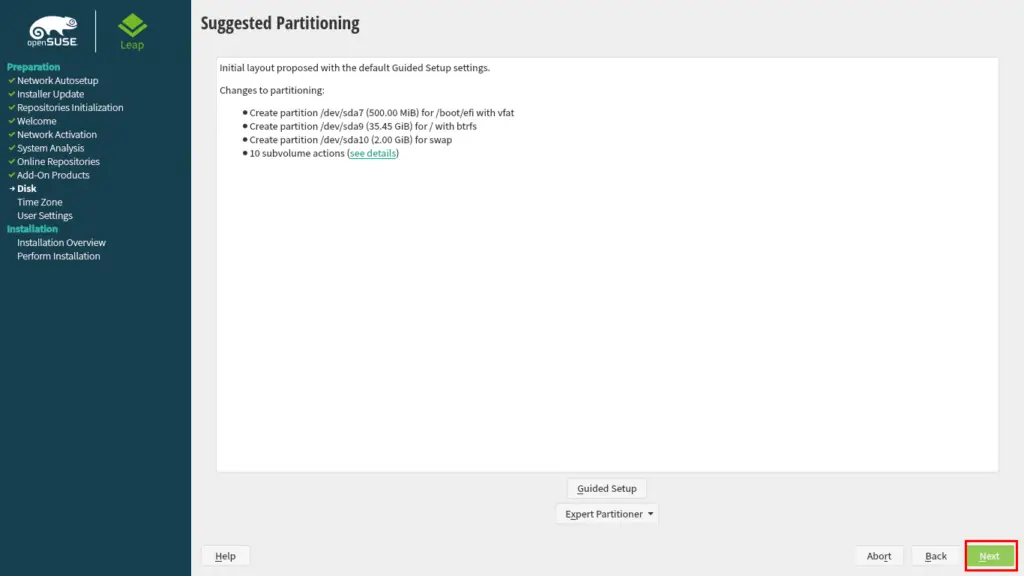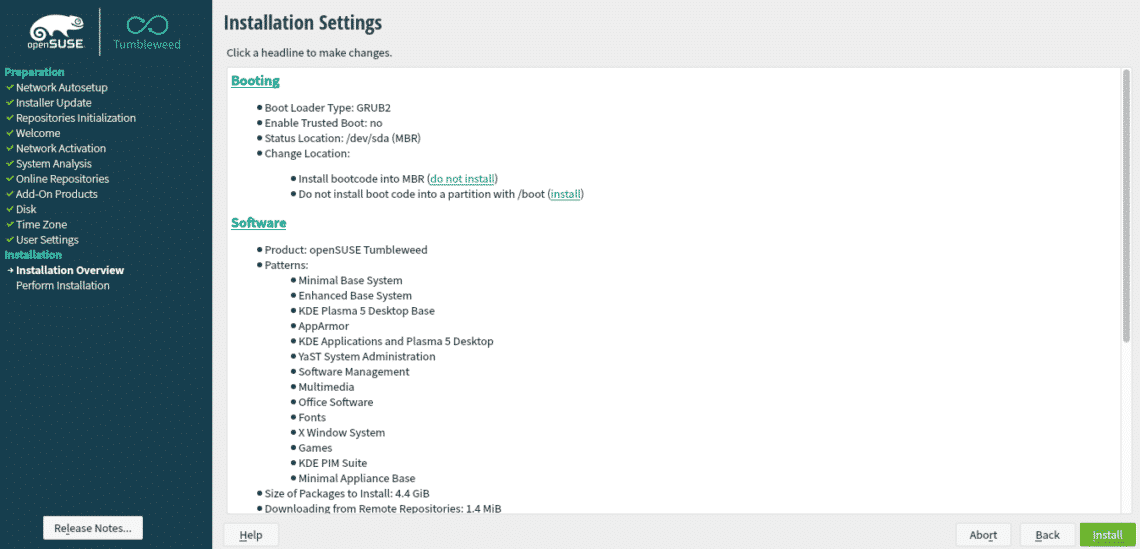

Is this a GPT partition table? Both the primary and backup GPT tables are corrupt. Or perhaps you deleted the GPT table, and are now using an msdos partition table. Perhaps it was corrupted - possibly by a program that doesn't understand GPT partition tables. However, it does not have a valid fake msdos partition table, as it should. dev/xxx contains GPT signatures, indicating that it has a GPT table. (If it trys to read from the motherboard BIOS it stalls and this is where the problem occurs.Ubuntu images (and potentially some other related GNU/Linux distributions) have a peculiar format that allows the image to boot without any further modification from both CDs and USB drives.Ī consequence of this enhancement is that some programs, like parted get confused about the drive's format and partition table, printing warnings such as: This will force the grub loader to read the relevant DMA/UDMA mode directly from the drive and not from the motherboard BIOS, so it then selects the correct mode and can read the drive. Set the value to one NOT recognised by the drive (ignore motherboard modes) and set them to UDMA 4, if your drive uses DMA4 or UDMA 4 use a lower value or adjust accordingly.

On the following two motherboards, Asus A8V Deluxe (model A + B I'm building two for friends) and Asus A7V 880, the hard-drives are seen automatically and the drives set according to the reported back DMA mode is auto-selected (using Seagate Barracuda 120gb, 250gb, and 320gb ATA 16mb cache drives are seen as UDMA modes 5 and 6, and Hitachi Deskstar 80gb (these drives are the same as IBM I believe.) If they're set to auto, manually configure them with a lower UDMA mode.įix: Rather simple really go into your BIOS and reset the IDE hard-drive settings from (Auto) to a DMA mode the hard-drvie does not recognise,Į.g.

If you've manually configured the settings for disks, set them to auto. Solution: Check the "drive configuration" section of your BIOS. When this happens, GRUB cannot properly communicate with the drive read the info from it. It's like the motherboard decides for itself that the drive can speak French when it can't - and then it tells GRUB to talk to the drive in French, too. As a result, the motherboard thinks a drive can be accessed with a certain standard when it can't. This can happen with drives on motherboards with drive controllers that have an incompatible LBA or UDMA configuration. Now if you're absolutely sure that the (hdx,y) values you used are correct, then the problem is that GRUB is attempting to access a portion of the drive it can't reach. Is that the same value as the one you are using?
CREATE BOOT PARTITION OPENSUSE HOW TO
This does bring up the neogrub loader but after selecting opensuse, it hangs after the first command line above.Īny ideas how to properly configure neogrub?įind /boot/vmlinuz-2.6.22.5 at the GRUB terminal (press 'c' to access it when the menu is being displayed, I believe) it should print a hard-drive number + partition number indicating where that file lives. Kernel /boot/vmlinuz-2.6.22.5 ro root=/dev/sdb3 I then set up and configured neogrub as follows: On reboot, both vista and xp would boot, but (not surprisingly) opensuse would not.
CREATE BOOT PARTITION OPENSUSE INSTALL
I decided to continue the install without installing any boot loader. Gnu grub version 0.97 (640k lower/3072k upper memory) CodeEnd: 0x3EF2C The swap and opensuse partitions are both primary and I made the swap partition only 100mb because I have 4gm ram.ĭuring the opensuse install process I elected to install grub to the / partition but I got My setup:ĭrive 2: xp on 1st partition, linux-swap on 2nd partition, opensuse on 3rd partition I've just installed openSUSE 10.3 but can't boot it up. I have a successful vista/xp dual boot setup (installed vista first and sorted out the boot loader situtation with EasyBCD).


 0 kommentar(er)
0 kommentar(er)
